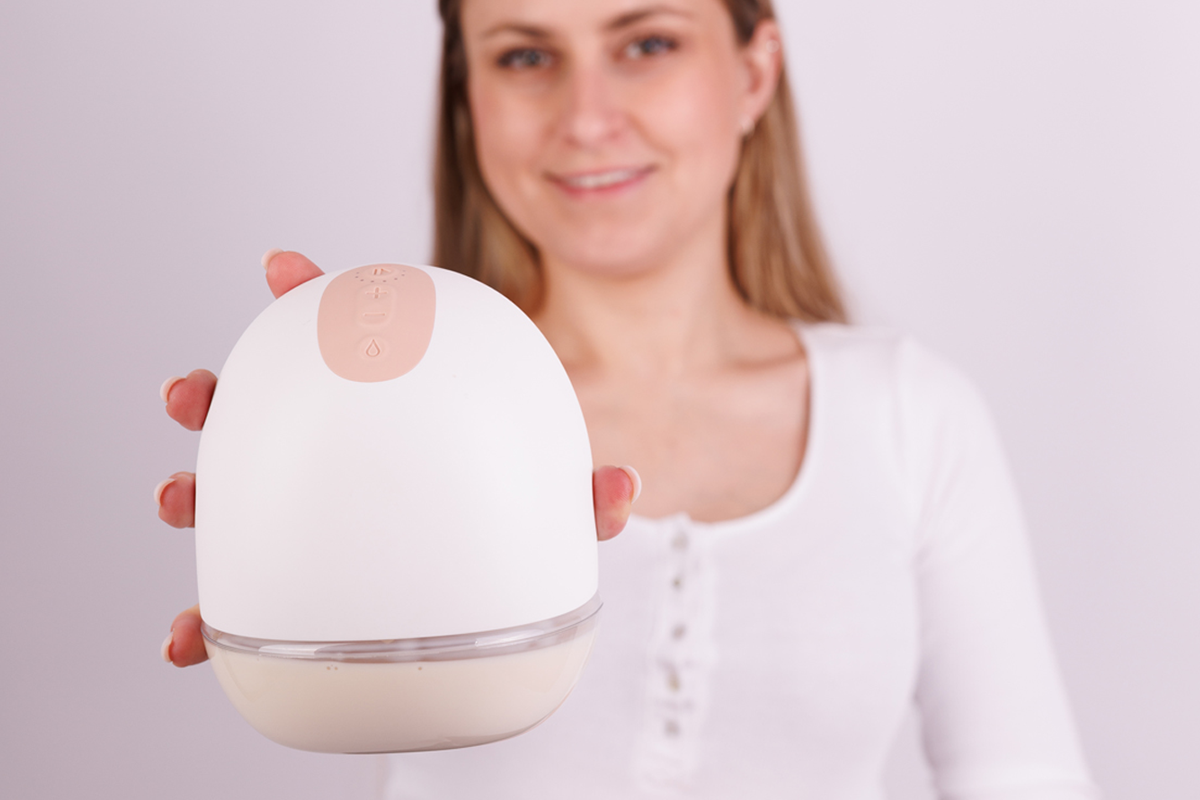You're standing at your pump, watching the clock tick, wondering if you should squeeze in one more session. You've heard that more is more when it comes to milk supply, and you're considering pumping every single hour to boost your production. It's a question many new parents face: Can I pump every hour? While the short answer is yes, you can, it's generally not recommended. Pumping every hour can quickly lead to exhaustion and burnout without providing the significant supply boost you might expect. The key to effective pumping isn't just about frequency; it's about a combination of frequency and effective milk removal.
Why pumping every hour isn't recommended
The core reason that hourly pumping isn't a great long-term strategy is that it's simply not sustainable.
💡 Pumping takes time and dedication, and tying yourself to the machine every 60 minutes can quickly become mentally and physically draining.
You're likely to experience significant burnout before you see a real increase in your milk supply.
Why do people consider pumping every hour?
It's easy to feel like you're not producing enough, especially when you're just starting out. Many parents consider hourly pumping because they are concerned about low milk supply or are trying to increase their production quickly. This often stems from a desire to do everything possible to provide for their baby or from comparing their output to other parents.
Sometimes, this impulse comes from following misunderstood or outdated advice. While it's true that increasing frequency can help, the advice is often taken to an extreme. Instead of focusing on feed on demand, parents might latch onto the idea of constant stimulation, thinking it's the only way to build their supply. This mindset is understandable—you want to do what's best for your baby—but it can lead to strategies that do more harm than good.
Understanding the pumping rule of thumb: It's all about frequency & emptiness
The central principle of lactation is straightforward: the more milk that is removed, the more milk your body is signaled to produce. A successful pumping routine hinges on two main concepts:
- Frequency: If you are exclusively pumping, You need to pump often enough to maintain a consistent signal to your body. For many parents, this means pumping every 2 to 3 hours.
- Duration: Each session needs to be long enough to empty the breast. Lactation consultants often recommend a 15 - 20 minutes session.
Consider a hypothetical comparison:
- Hourly pumping: 10 minutes every hour. Be careful with this approach, you might feel like you are spending all day tethered to the pump.This has to be occasional only to quickly boost your production.
- Standard schedule: 20-30 minutes every 2-3 hours. You get a larger, more complete output each time, and you have time to do other things in between sessions.
The second approach is more effective for exclusive pumpers.
The downsides of hourly pumping: More harm than help?
Attempting to pump every hour can lead to several negative consequences that are not worth the minimal gain in milk supply.
- Burnout and mental fatigue: The psychological toll of being tied to a pump all day is immense. It can quickly lead to exhaustion, frustration, and a sense of being trapped, which can negatively impact your mental health.
- Physical discomfort and ineffective milk removal: Short, rushed pumping sessions may mean you don't take the time to ensure proper pumping posture or that your flange size is correct. This can lead to nipple soreness, irritation, or even injury. More importantly, if the breast isn't fully drained, you increase your risk of developing painful clogged ducts or mastitis.
- Reduced quality of milk: Your milk changes throughout a pumping session. The early milk (foremilk) is thinner and higher in volume, while the later milk (hindmilk) is richer and higher in fat. Short, hourly sessions might mean you get a higher ratio of foremilk to hindmilk, which can impact your baby's weight gain and satiety.
A better strategy: How to pump effectively & increase your supply
Instead of hourly pumping, focus on a more effective, sustainable strategy.
For exclusively pumping parents: Aim for 8-10 pumping sessions per day, especially in the early weeks. This allows you to pump every 2-3 hours during the day, with one longer stretch at night (e.g., 4-5 hours). Be sure to pump until your breast is empty, which can take 15-20 minutes.
For supply-building: A more effective alternative to hourly pumping is power pumping. This technique mimics a baby's cluster feeding and is a fantastic way to signal your body to make more milk without the constant commitment of hourly pumping.
The Perifit Pump offers a specific Power Pumping Program that guides you through an hour-long session designed to boost your milk supply:
- 20-minute pumping session: Begins with 2 minutes in stimulation mode, followed by 18 minutes in expression mode.
- 10-minute pause: A short break to mimic natural breastfeeding patterns.
- 10-minute pumping session: Switches back to 2 minutes in stimulation mode and 8 minutes in expression mode.
- 10-minute pause: Another break to encourage additional milk ejection.
- 10-minute pumping session: Finishes with 2 minutes in stimulation mode and 8 minutes in expression mode.
This type of program is a great example of how you can use a combination of expression or stimulation mode to maximize your output. Remember, it's about effectively removing milk, and a structured, cyclical approach is often more successful than simply pumping more often.
For occasional or weaning pumping: If you're only pumping occasionally, such as when returning to work or for a night out, you don't need a strict schedule. Pump when you feel full to maintain comfort and prevent clogs.
The idea of pumping every hour comes from a place of wanting the very best for your baby, but it's a strategy that often leads to burnout and frustration without significant results.First of all, breastfeeding on demand is the first thing to do, you might not even need to pump in the early days if you only listen to your baby. Pumping to increase your production only comes if your baby doesn't gain enough weight. If you need to increase your production or if you are pumping exclusively True success in pumping comes from consistency, not from a constant cycle of short sessions. By adopting a more sustainable schedule and using techniques like power pumping, you can effectively build and maintain your milk supply while taking care of your own well-being.
Sources:





